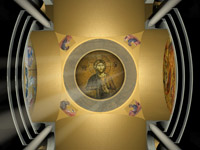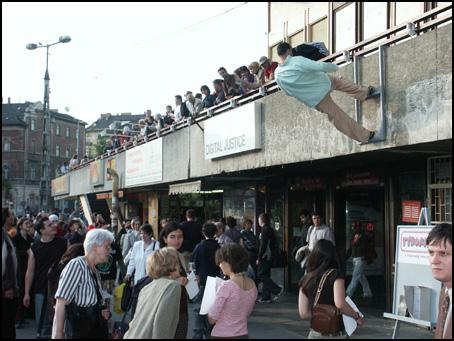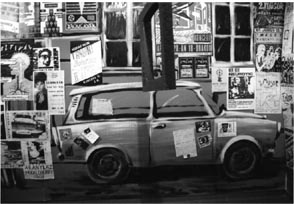Byzantine Tradition as (Re)Source or Why and How I Designed the Orthodox Patriarchal Cathedral of Bucharest
The Patriarchal Cathedral “The Ascension of the Lord and Saint Andrew, the Apostle of the Romanians”, a proposal that won the 2002 competition of the Ion Mincu Architecture and Urban Planning University (UAUIM), project chief Professor Lecturer Augustin Ioan, Ph.D.; collaborating in matters of architecture with assistant architect Viorica Popescu, architect Tudor Rebengiuc; collaborating in the drawing up of the design and of the mock-up with architect Andrei Nistor and students Radu Ursoiu, Iulian Ungureanu, Florin Barbu, and Valentina Niculescu.
On the Relation between Tradition and Post-modernism
In its turn, modernism celebrated archaic culture, bringing forward Mediterranean architecture, and the … Read more









